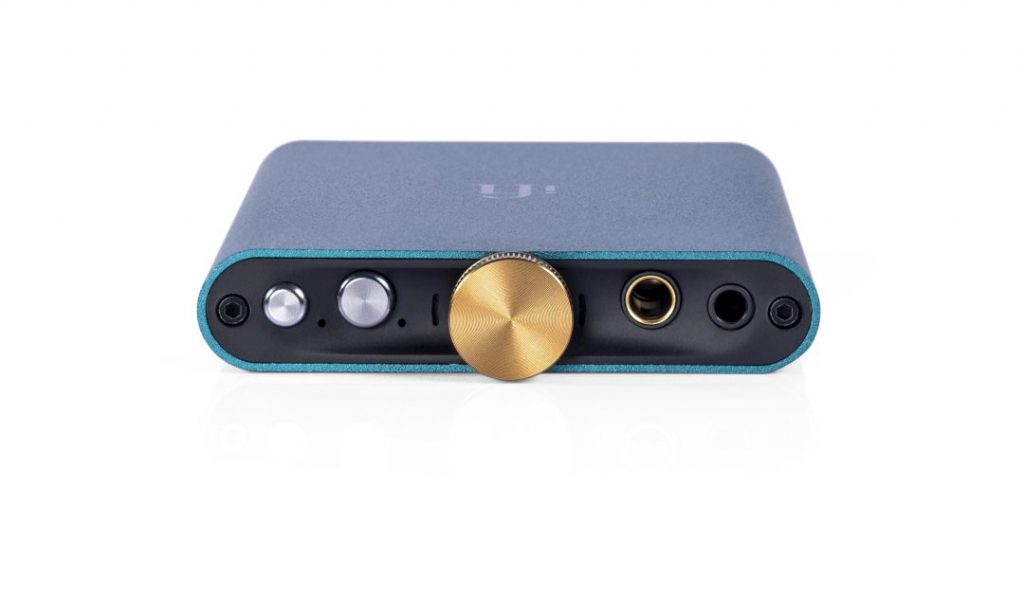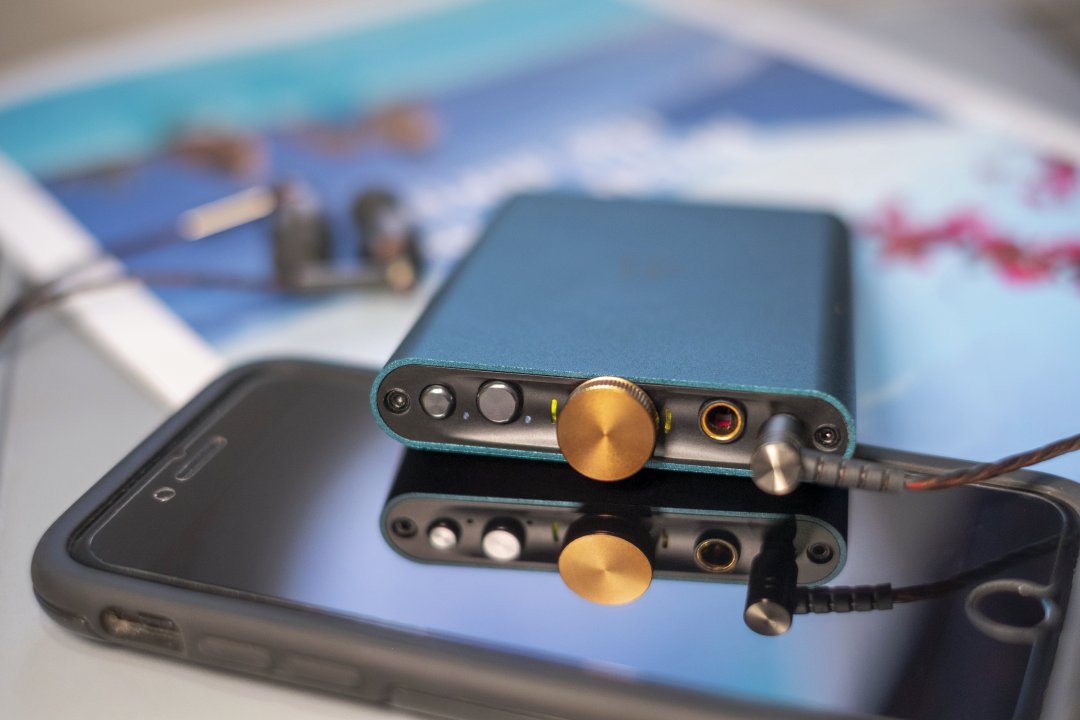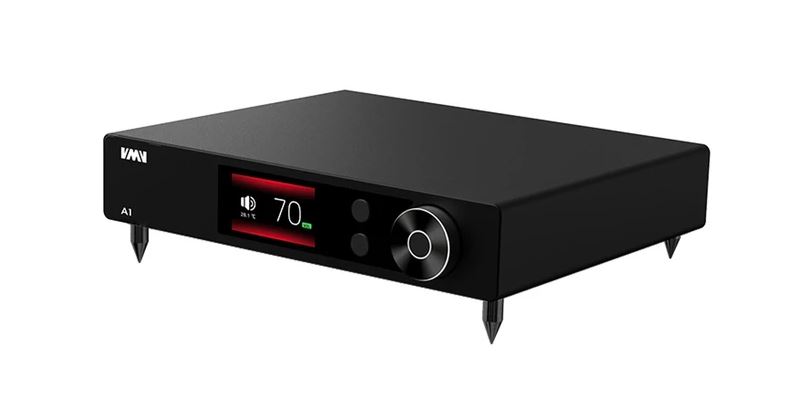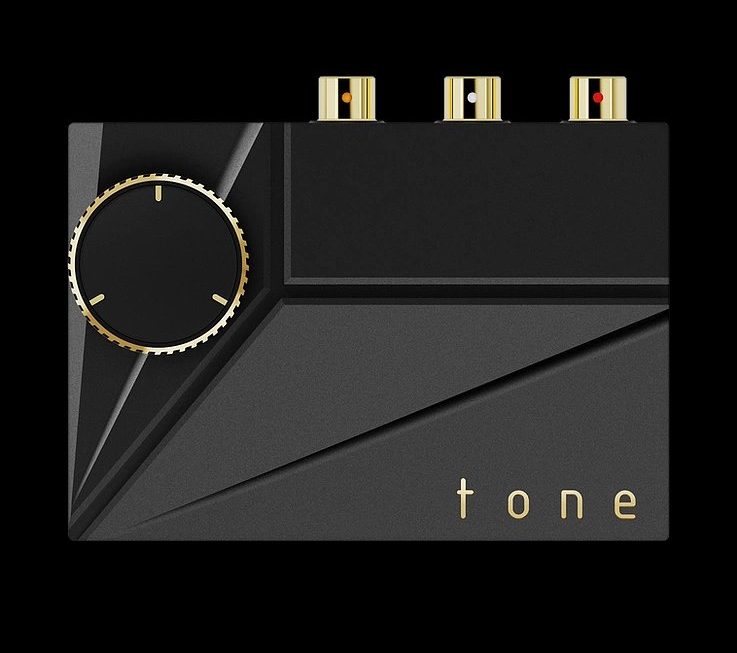iFi has just announced the latest addition to its line of products called Hip DAC. It’s a portable DAC/Headphone amp shaped like a flask. The hip-DAC weighs only 125g and measures 10.2 x 7 x 1.4 cm, which makes it a sleek and easy to carry solution. One of hip-DAC’s key features is its balanced circuit design.
Digital stage
The DAC section is based around a Burr-Brown DAC chip that iFi uses extensively in its products, selected for its fluid, highly ‘musical’ sound quality and True Native architecture. It supports all manner of digital audio formats, including bit-perfect PCM, native DSD. It also supports MQA compression – the hi-res streaming codec, used by Tidal’s ‘Masters’ tier.
Hi-res PCM and DXD audio data are supported at sampling rates up to 384kHz, alongside DSD from 2.8MHz to 12.4MHz (DSD64, 128 and 256). Thanks to the BurrBrown chip’s True Native design, PCM and DSD take separate pathways. This enables both PCM and DSD to remain ‘bit-perfect’ in their native form right through to the analogue conversion. iFi is using Femto-precision clocking system to maintain the integrity of the digital signal and XMOS chip.

Analogue stage
The hip-DAC’s amp circuitry is of balanced (differential) design. That’s not common in a DAC/headphone amp at this price point. iFi brags about the selection of hi-quality components.
The headphone amp has a nominal power rating of 400mW. It is capable of delivering over 700mW from the balanced output depending on the impedance of the attached headphones. The amp stage features switchable gain, which iFi terms PowerMatch. This matches the level of drive to the load presented by the headphones. With high-sensitivity headphone types such as in-ear monitors, leave PowerMatch at its lower setting for the ultra-low-noise performance. But if your headphones require more drive press the PowerMatch button on the front panel to increase gain.
XBass is another user-selectable feature. It is a form of ‘bass boost’ that enhances low frequencies without muddying the midrange according to iFi. This feature is supposed to help with earphones and open-back headphones that may lack deep bass. It operates entirely in the analogue domain rather than messing with the digital signal via DSP and may be switched in or out of the signal path.

Connections
There are two USB ports – Type A for audio data and USB-C for charging. Unusually, the Type A input features a ‘male’ connector, rather than a typical ‘female’ port. This arrangement provides greater mechanical integrity than common USB/Micro USB ports according to iFi. It also offers an advantage to iPhone and iPad users, because it accepts Apple’s Lightning to USB Camera Adaptor directly without requiring an additional female-to-male USB adaptor.
Two outputs are provided – a 3.5mm socket for headphones with a single-ended cable/connector and a Pentaconn 4.4mm output enabling headphones equipped with balanced connectivity to take full advantage of the hip-dac’s differential amp design.
The hip-DAC’s 2200mAh battery lasts for around eight to 12 hours of playing time, depending on volume level and how power-hungry the connected headphones are. It comes bundled with three USB cables: a USB-C OTG (On-The-Go) cable, a USB Type-A cable, and a Type A to USB-C charging cable. Hip DAC will be available from February at an RRP of £149 (€159, $149).



